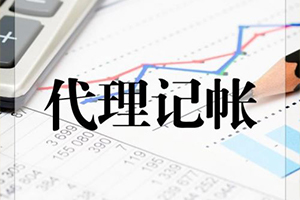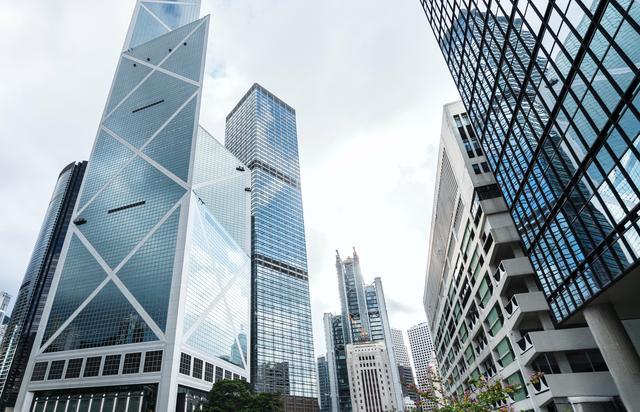WFOE China asset management #3: Why foreign investment shows great interest in RMB?
The global attractiveness of financial assets has increased significantly. The reason is that China’s financial market shows a relatively stable situation and strong resilience. At the same time, China’s financial market also has a strong vitality.
Specifically, it is reflected in the following aspects:
Chinese capital is the main force to stabilize the global economy
China’s economy grew by 3.2% in the second quarter, according to the recently released first-half data.
The industrial added value and the profits of Industrial Enterprises above the designated size have turned from negative to positive.
Among them, the PMI of manufacturing industry has been stable above the boom and bust line for 4 consecutive months. And the production index of the service sector has also shifted from growth to growth.
Although the overall investment growth has declined. But the decline continued to narrow, and consumption accelerated.
Therefore, this fully reflects the inherent resilience and vitality of China’s economy. In other words, the development of China’s economy has enhanced the confidence and momentum of global economic recovery.
Because of this, foreign investors have greater confidence in CNY/RMB asset.
However, such a stable economic environment is particularly conducive to attracting long-term capital inflows.
The valuation of China’s A-shares in the world’s major stock markets is still relatively low
As of June 30, the price-earnings ratio of the CSI 300 index was 12.69 times. It is 26.7 times lower than the standard 500 index, 23.33 times of Germany’s (BX) index and 26.19 times of Nikkei 225 index. Therefore, compared with these major stock indexes, A-share should be said to be a better profit allocation of assets.
With the spread between the CNY/RMB and the US dollar widening, the real yield on 10-year Treasury bonds has now fallen below zero. However, China’s 10-year bond yield is still around 3%. Therefore, for investors who hold us dollar liquidity, CNY/RMB assets are of course highly attractive.
In terms of investment in fixed income products, although China has continuously lowered interest rates in response to the impact of the epidemic. But China’s interest rate level is still more appropriate.
From the perspective of China’s long-term supply and demand balance, there is neither inflationary pressure nor deflation concern.
Then, maintaining the current low-interest rate is very conducive to investment in fixed income products.
Compared with listed companies in Europe and the USA
At present, many listed companies in Europe and the United States are suffering from the impact of the epidemic, and their profits are also decreasing. So their companies have suspended share buybacks. In the past decade, many listed companies in Europe and the United States have used a lot of cash to buy back shares.
This is good for stock prices, investment and returns. However, after the outbreak of the epidemic, many listed companies in Europe and the United States stopped buying back shares.
Some listed companies even stopped paying dividends. This puts a lot of pressure on overseas fund returns.
In addition, after the epidemic, central banks in Europe and the United States implemented quantitative easing without a bottom line. This policy generally implements a zero interest rate and negative interest rate, which greatly reduces the yield of financial assets.
In this context, the security, profitability and robustness of CNY/RMB assets are highlighted.
China’s capital market has become one of the largest markets in the world
China’s stock market and bond market totalled 160 trillion CNY/RMB, the second largest in the world.
Also, our mutual fund market is the fifth largest in the world. If we add public funds, trust funds and asset management products, these three parts will add up. We are probably third in the global fund market.
Therefore, such a large capacity of the market has a higher degree of activity and greater resilience. Once included in the international index, foreign long-term funds will follow the allocation.
At present, China’s stocks and bonds are included in several major international indexes. Therefore, it has also attracted more long-term funds to allocate CNY/RMB assets.









